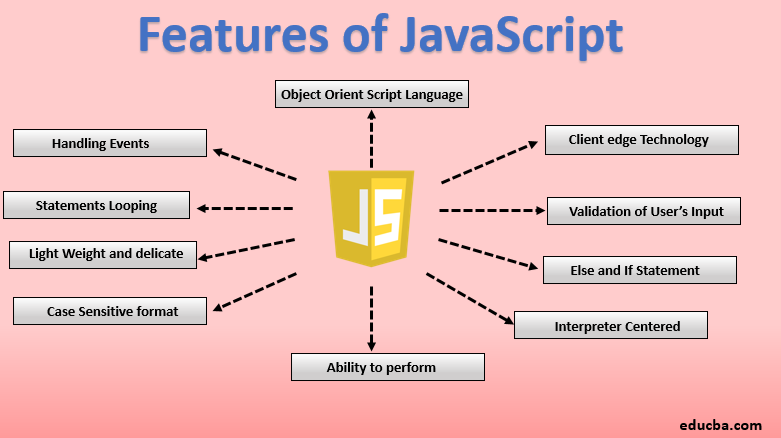“`html
What is Javascript
JavaScript is a versatile programming language commonly used for creating interactive and dynamic web content. Here are some key points to understand about Javascript:
Key Features of JavaScript
- Client-side scripting: JavaScript runs on the user’s browser, enabling dynamic interactions without the need to continuously communicate with the server.
- Event-driven programming: It allows developers to define specific actions based on user interactions or events, such as button clicks or form submissions.
- Functional programming: JavaScript supports functional programming paradigms, making it flexible and powerful for various applications.
Uses of JavaScript
- Web Development: JavaScript is essential for creating interactive web pages, validating forms, and adding dynamic behavior to websites.
- Web Applications: Many modern web applications use JavaScript frameworks such as React, Angular, or Vue.js for building robust front-end interfaces.
- Game Development: With libraries like Phaser or Three.js, developers can create engaging games directly in the browser using JavaScript.
Benefits of JavaScript
- Enhanced User Experience: JavaScript allows for dynamic updates and real-time interactions, enhancing user engagement on websites and applications.
- Compatibility: JavaScript is supported by all major browsers, ensuring cross-platform compatibility for web development projects.
- Extensibility: JavaScript can be easily extended through libraries and frameworks, enabling developers to leverage existing tools for faster development.
“`

“`html
Features of Javascript
Javascript is a versatile programming language that offers various features to developers for creating dynamic and interactive web applications. Some key features of Javascript include:
1. Dynamic Typing:
Dynamic typing allows variables to hold values of any data type without being explicitly declared. This flexibility simplifies development and makes code more adaptable.
2. Prototypal Inheritance:
Prototypal inheritance is a fundamental concept in JavaScript where objects can inherit properties and methods from other objects. This mechanism promotes code reusability and facilitates creating complex relationships between objects.
3. Functional Programming:
Javascript supports functional programming paradigm, allowing developers to write code in a more concise and declarative style. Functions are first-class citizens, enabling higher-order functions and functional composition.
4. Asynchronous Programming:
Asynchronous programming in Javascript involves executing tasks concurrently, which is vital for handling operations such as network requests, file operations, and timers without blocking the main thread.
5. DOM Manipulation:
Javascript is widely used for manipulating the Document Object Model (DOM) of web pages. It enables developers to dynamically update content, handle user interactions, and create responsive web interfaces.
6. Event-Driven Programming:
Javascript follows an event-driven programming model where actions or operations are triggered by events. This approach is essential for creating interactive web applications that respond to user inputs and system events.
7. Versatility:
Being a client-side scripting language, Javascript can be integrated with HTML and CSS seamlessly. It is also versatile enough to be used on the server-side (Node.js) and in mobile app development (React Native, NativeScript).
8. Standardized by ECMAScript:
Javascript is based on the ECMAScript standard, ensuring compatibility and consistency across different platforms and implementations. Regular updates and specifications by ECMAScript enhance the language’s capabilities and maintain its relevance in modern web development.
“`
